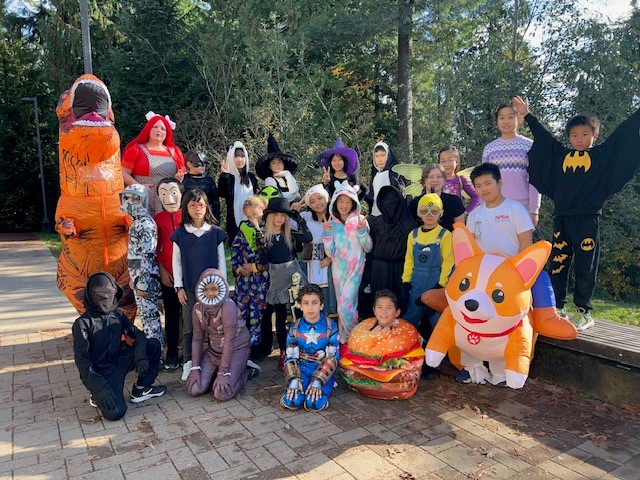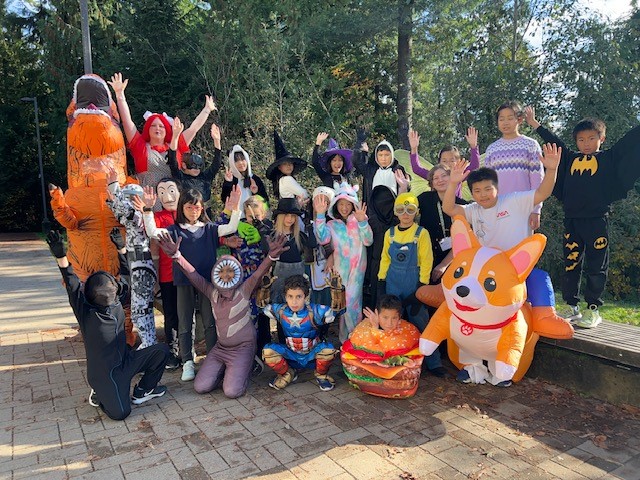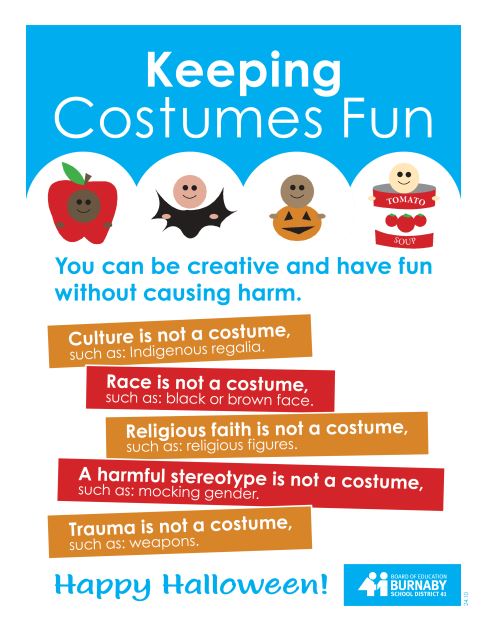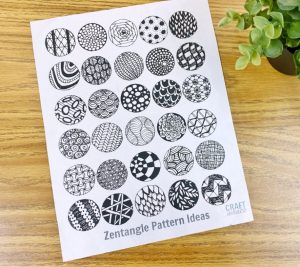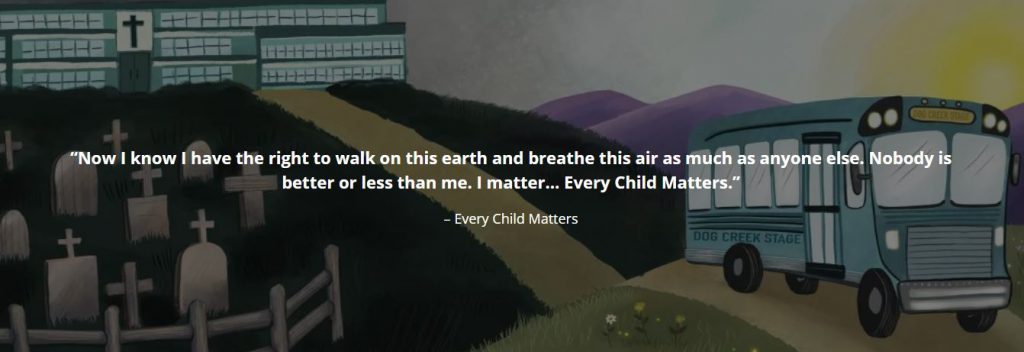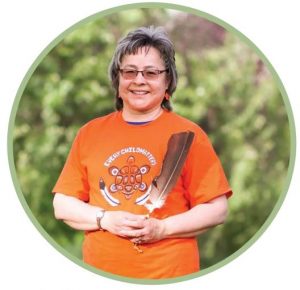 In Term 2, students have had many opportunities to work together in pairs or small groups. Thinking bigger picture, EVERYday we work together as a whole to help the classroom run smoothly. We often talk about how our actions contribute to the safety and comfort of everyone, and that learning to work together takes practice and reflection. There are times when we might have disagreements or frustrations, and how we decide to get through those challenges has a learning curve. Emotions can be big! Adults know that when they go to work they aren’t going to be friends with everyone, but they do have to work together to achieve common goals. In school, when children are still developing their self-regulation strategies and social skills, group work can feel very intense. We continue to build our resilience, communication skills, and self-regulation strategies as we learn together in groups.
In Term 2, students have had many opportunities to work together in pairs or small groups. Thinking bigger picture, EVERYday we work together as a whole to help the classroom run smoothly. We often talk about how our actions contribute to the safety and comfort of everyone, and that learning to work together takes practice and reflection. There are times when we might have disagreements or frustrations, and how we decide to get through those challenges has a learning curve. Emotions can be big! Adults know that when they go to work they aren’t going to be friends with everyone, but they do have to work together to achieve common goals. In school, when children are still developing their self-regulation strategies and social skills, group work can feel very intense. We continue to build our resilience, communication skills, and self-regulation strategies as we learn together in groups.
This term some group work experiences included: literature circles, a science project, Community Circle, during games in P.H.E, making music, sharing supplies, Metis finger weaving, gardening, and more!
During Community Circle on Monday, we discussed some of the ways we’ve worked together in groups, and the actions we take that contribute to our success in meeting our task goals. They included:
- compromise/be open to the ideas of others
- take turns
- include others
- use positive body language and spoken language

- discuss – listen, consensus
- share tasks – do what you say you’ll do
- trust
- respect
Next week, students will be reflecting on their own actions and words while working in groups and writing their Core Competency self-assessment. This document will be included in their report card after Spring Break.

 In Term 2, students have had many opportunities to work together in pairs or small groups. Thinking bigger picture, EVERYday we work together as a whole to help the classroom run smoothly. We often talk about how our actions contribute to the safety and comfort of everyone, and that learning to work together takes practice and reflection. There are times when we might have disagreements or frustrations, and how we decide to get through those challenges has a learning curve. Emotions can be big! Adults know that when they go to work they aren’t going to be friends with everyone, but they do have to work together to achieve common goals. In school, when children are still developing their self-regulation strategies and social skills, group work can feel very intense. We continue to build our resilience, communication skills, and self-regulation strategies as we learn together in groups.
In Term 2, students have had many opportunities to work together in pairs or small groups. Thinking bigger picture, EVERYday we work together as a whole to help the classroom run smoothly. We often talk about how our actions contribute to the safety and comfort of everyone, and that learning to work together takes practice and reflection. There are times when we might have disagreements or frustrations, and how we decide to get through those challenges has a learning curve. Emotions can be big! Adults know that when they go to work they aren’t going to be friends with everyone, but they do have to work together to achieve common goals. In school, when children are still developing their self-regulation strategies and social skills, group work can feel very intense. We continue to build our resilience, communication skills, and self-regulation strategies as we learn together in groups.
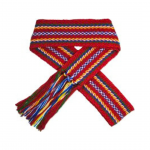 Last week Division 5 learned a bit about the history of the Métis sash, or ceinture fléchée. We tried our hand (or rather our fingers) at a textile technique called “finger weaving,” used by Indigenous peoples all over North America. Here is a video about some of the history of the Métis sash.
Last week Division 5 learned a bit about the history of the Métis sash, or ceinture fléchée. We tried our hand (or rather our fingers) at a textile technique called “finger weaving,” used by Indigenous peoples all over North America. Here is a video about some of the history of the Métis sash.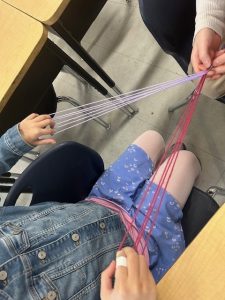
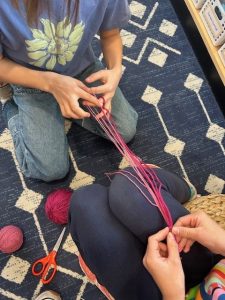
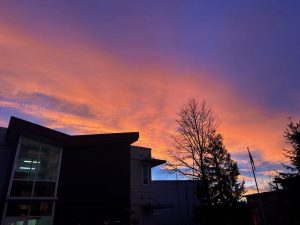
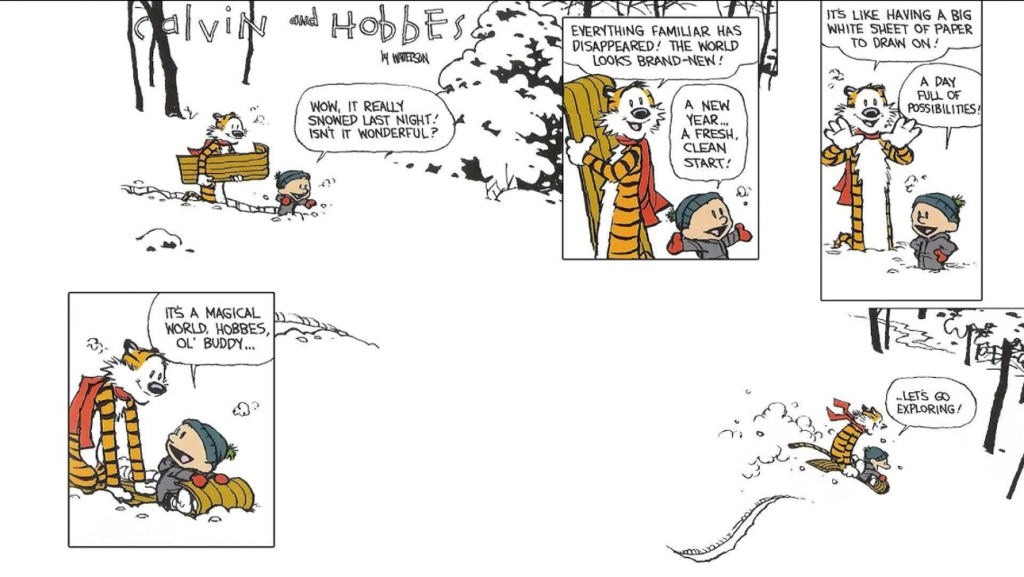
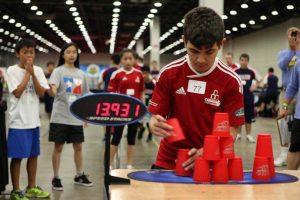 Sport stacking, also known as cup stacking or speed stacking, is an individual and team sport that involves stacking 9 or 12 (usually 12) specially designed cups in pre-determined sequences as fast as possible. The cups are specially designed to allow for speedier times, so the sport doesn’t work so well with regular cups. People of all ages and from all over the world compete in sport stacking.
Sport stacking, also known as cup stacking or speed stacking, is an individual and team sport that involves stacking 9 or 12 (usually 12) specially designed cups in pre-determined sequences as fast as possible. The cups are specially designed to allow for speedier times, so the sport doesn’t work so well with regular cups. People of all ages and from all over the world compete in sport stacking.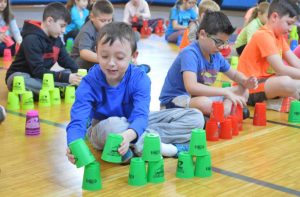
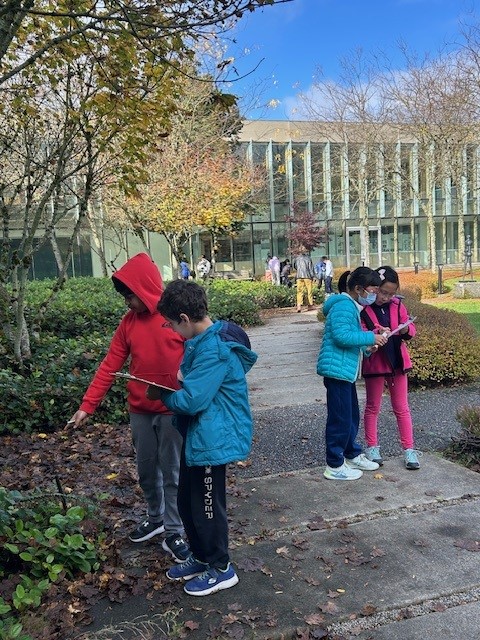 Division 5 has been learning about properties as one part of computational thinking in Applied Design Skills and Technologies (ADST). A couple of weeks ago, Ms. Gammon took us over to SFU to identify and compare some local plants and learn how they were/are used by Coast Salish people. Students had to examine the properties of the plants in order to identify them.
Division 5 has been learning about properties as one part of computational thinking in Applied Design Skills and Technologies (ADST). A couple of weeks ago, Ms. Gammon took us over to SFU to identify and compare some local plants and learn how they were/are used by Coast Salish people. Students had to examine the properties of the plants in order to identify them.



